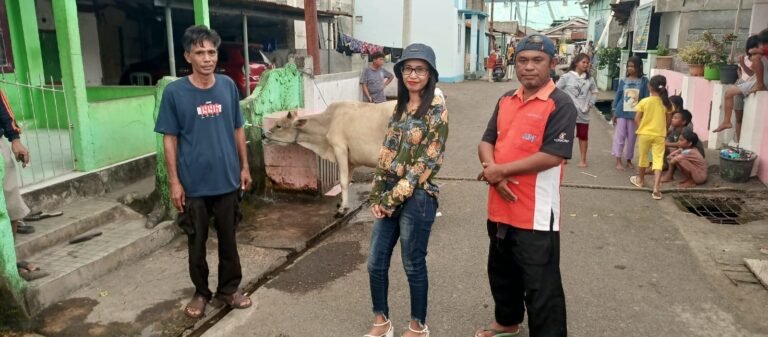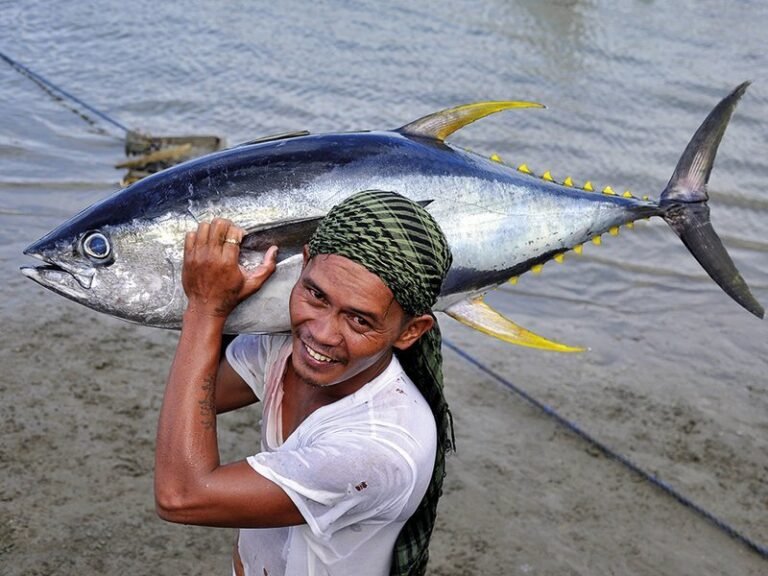Bitung City, North Sulawesi Province, Indonesia – The Bitung Fire Team organized a comprehensive first aid training session for the…
Category: Articles
Bitung City Firefighters Conduct Successful Firefighting Training at PT. Laut Biru Seafood on July 18, 2023
Bitung City, July 18, 2023 – In a proactive effort to enhance fire safety measures, the esteemed firefighters from Bitung…
Providing a Cow for Eid al-Adha 2023 to Neighboring Residents, Coordinated with An Nur III Musholla
During Eid al-Adha 1444 H / 2023, LBS has provided a cow for residents around the factory as sacrificial…
Seared Tuna Steak Recipe
This seared tuna steak recipe is all you will need for perfectly seared sesame crusted tuna. This tuna steak only…
Ahi Tuna Poke Bowl Recipe
Inspired by the classic Hawaiian dish, this ahi tuna poke recipe is light and healthy, featuring fresh raw tuna marinated…
Tuna Tataki Recipe
Tuna tataki is a simple Japanese dish that combines delicate, gently-seared tuna with a citrus-soy sauce given a gentle ginger…
Eid Mubarak 2022!
Eid Mubarak! May this special day bring peace, happiness and prosperity to everyone: Selamat Hari Raya Idul Fitri! Semoga hari…
World’s Best Tuna Melt
This tuna melt recipe makes the BEST sandwich! Here’s how to make this easy lunch or dinner that will make…
Sustainable Tuna Fishing Key to Protect the Species
Tuna salad. Tuna sandwich. Tuna bake. Tuna pizza. Tuna sushi. Grilled, fried or raw. There is no doubt tuna is…
About Tuna and Its Varieties
There is much more to tuna than tuna fish salad. In fact, from a culinary standpoint, tuna is truly the…










